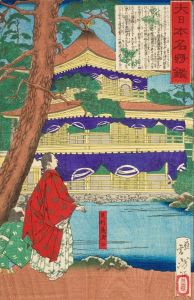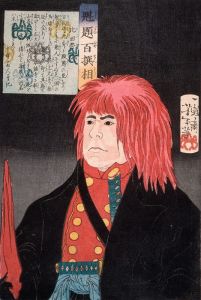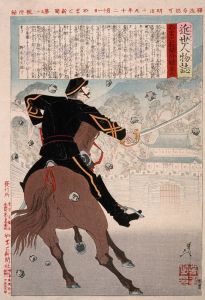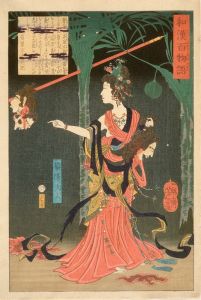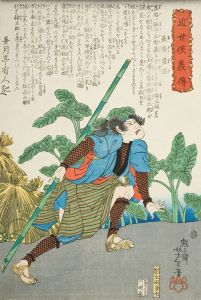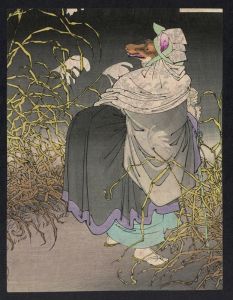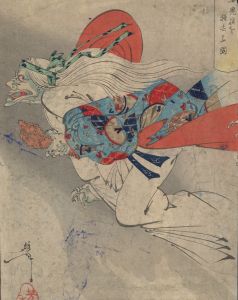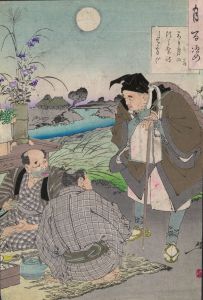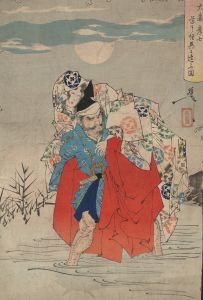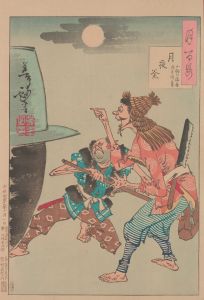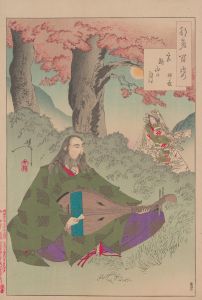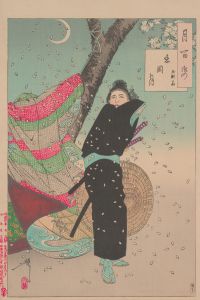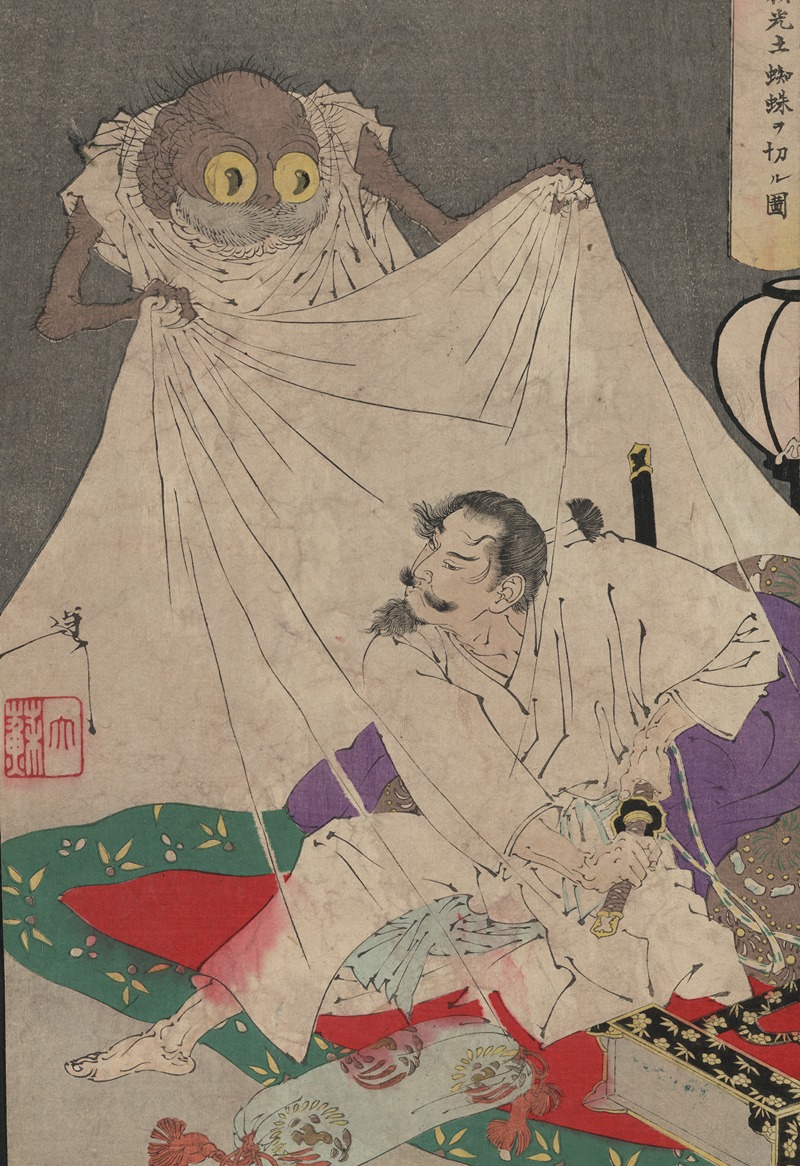
Tsuchigumo
A hand-painted replica of Tsukioka Yoshitoshi’s masterpiece Tsuchigumo, meticulously crafted by professional artists to capture the true essence of the original. Each piece is created with museum-quality canvas and rare mineral pigments, carefully painted by experienced artists with delicate brushstrokes and rich, layered colors to perfectly recreate the texture of the original artwork. Unlike machine-printed reproductions, this hand-painted version brings the painting to life, infused with the artist’s emotions and skill in every stroke. Whether for personal collection or home decoration, it instantly elevates the artistic atmosphere of any space.
Tsuchigumo by Tsukioka Yoshitoshi is a woodblock print created by the renowned Japanese artist Tsukioka Yoshitoshi (1839–1892), one of the last great masters of the ukiyo-e tradition. This artwork is part of Yoshitoshi's celebrated series "New Forms of Thirty-Six Ghosts" (Shinkei Sanjūrokkaisen), which was produced between 1889 and 1892. The series features supernatural themes, drawing inspiration from Japanese folklore, kabuki theater, and historical legends.
The print depicts the legendary Tsuchigumo, a mythical spider-like creature from Japanese folklore. In this particular work, Yoshitoshi illustrates a dramatic scene involving the warrior Minamoto no Yorimitsu (also known as Raikō) and the Tsuchigumo. According to the legend, Yorimitsu was plagued by a mysterious illness caused by the Tsuchigumo, which had disguised itself as a servant. Upon discovering the creature's true identity, Yorimitsu and his retainers confronted and defeated it. The story of Yorimitsu and the Tsuchigumo is a popular subject in Japanese art and literature, often symbolizing the triumph of human courage over malevolent forces.
Yoshitoshi's depiction of the Tsuchigumo is notable for its dynamic composition and vivid details. The print captures the tension and movement of the confrontation, with Yorimitsu and his retainers poised to strike the monstrous spider. Yoshitoshi's use of bold lines, intricate patterns, and striking color contrasts enhances the dramatic atmosphere of the scene. The artist's ability to convey emotion and action through his woodblock prints is a hallmark of his work, and "Tsuchigumo" exemplifies his mastery of the medium.
This print reflects Yoshitoshi's interest in traditional Japanese stories and his innovative approach to ukiyo-e art during a period of significant cultural and social change in Japan. By the late 19th century, Western influences were increasingly shaping Japanese art and society, but Yoshitoshi remained committed to preserving and revitalizing the ukiyo-e tradition. His works, including "Tsuchigumo," are celebrated for their technical excellence, imaginative storytelling, and deep connection to Japanese cultural heritage.
Today, Tsukioka Yoshitoshi's "Tsuchigumo" is regarded as an important example of late Edo and early Meiji period ukiyo-e art. It continues to be studied and appreciated for its artistic and historical significance, as well as its contribution to the enduring legacy of Japanese folklore in visual culture.





